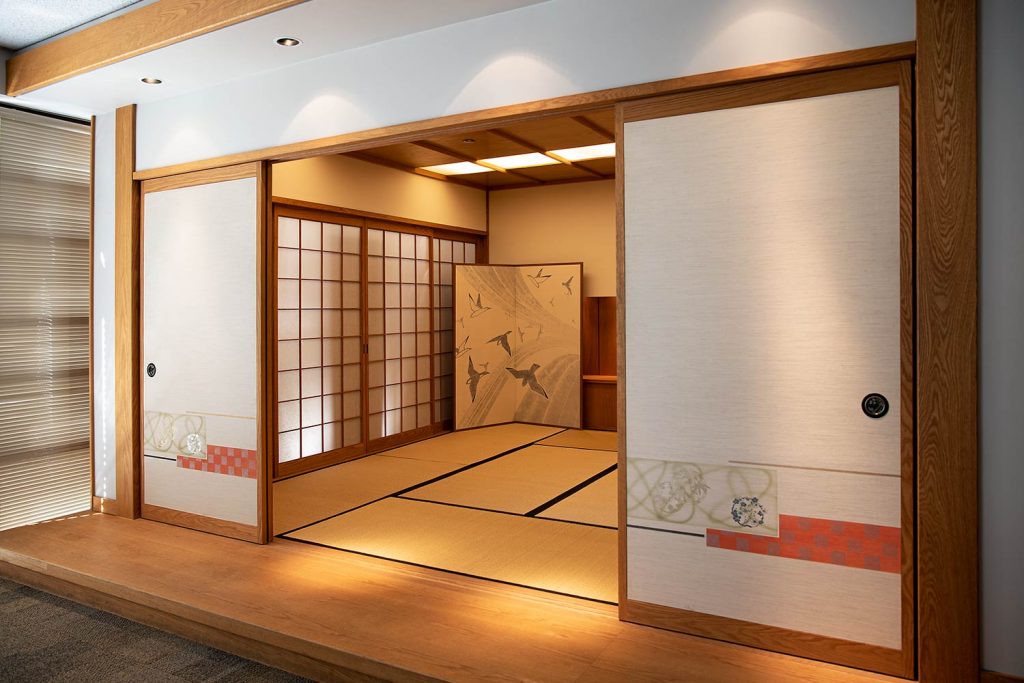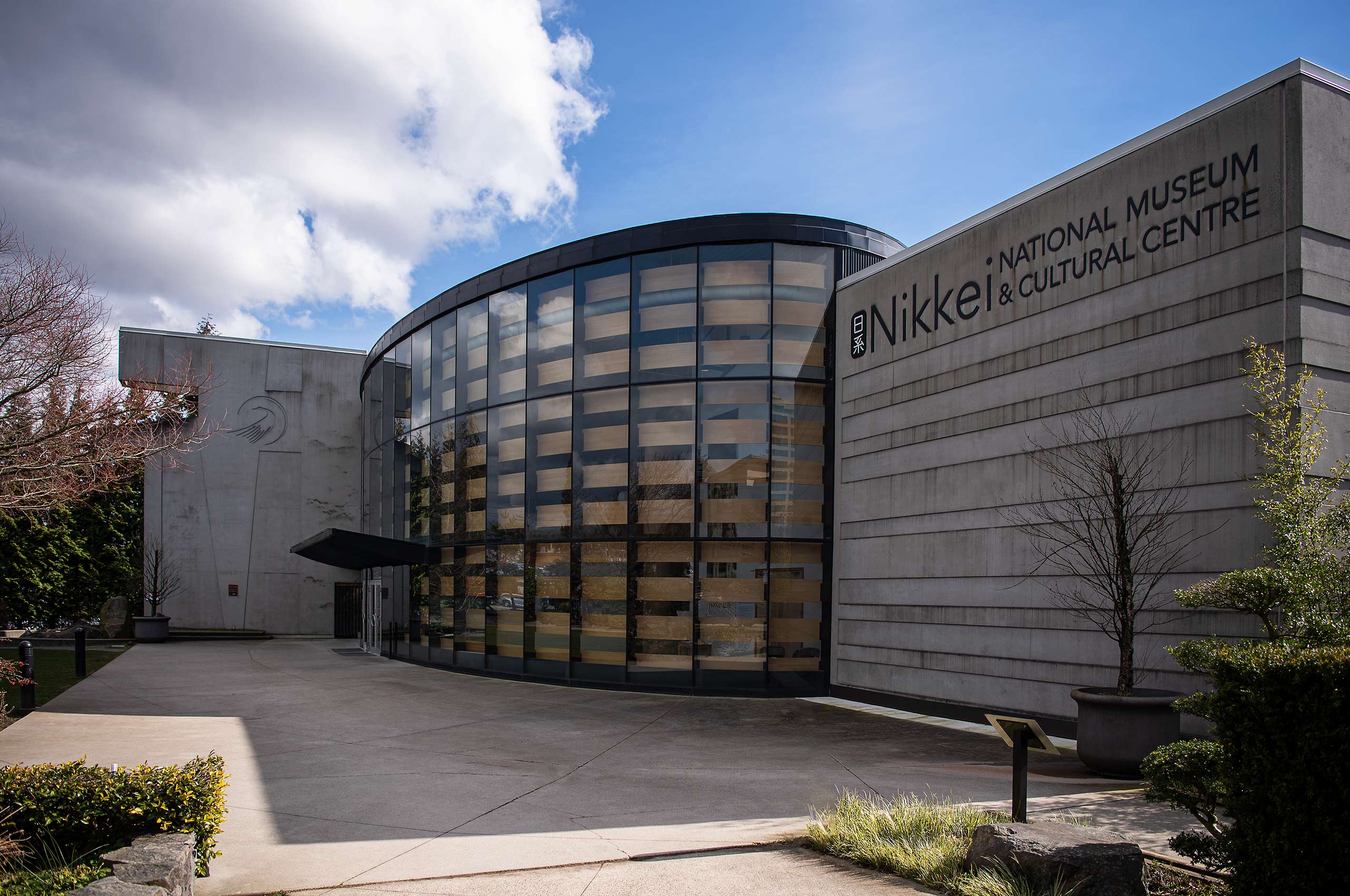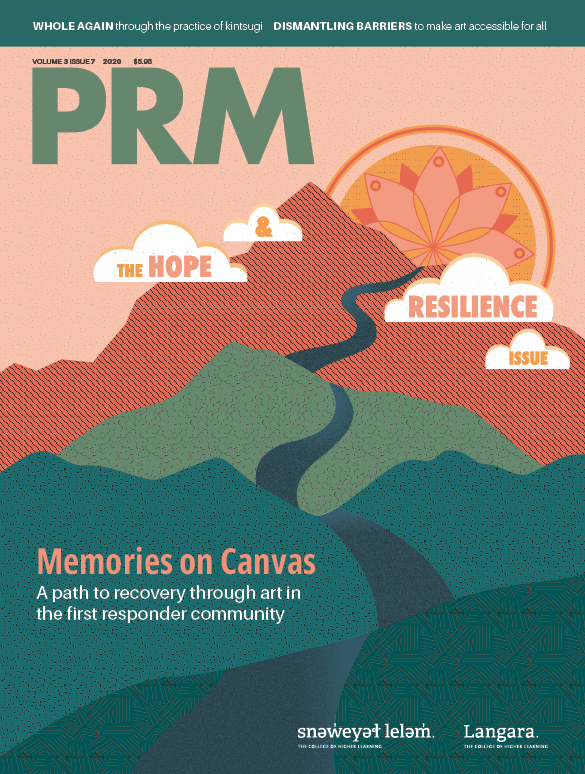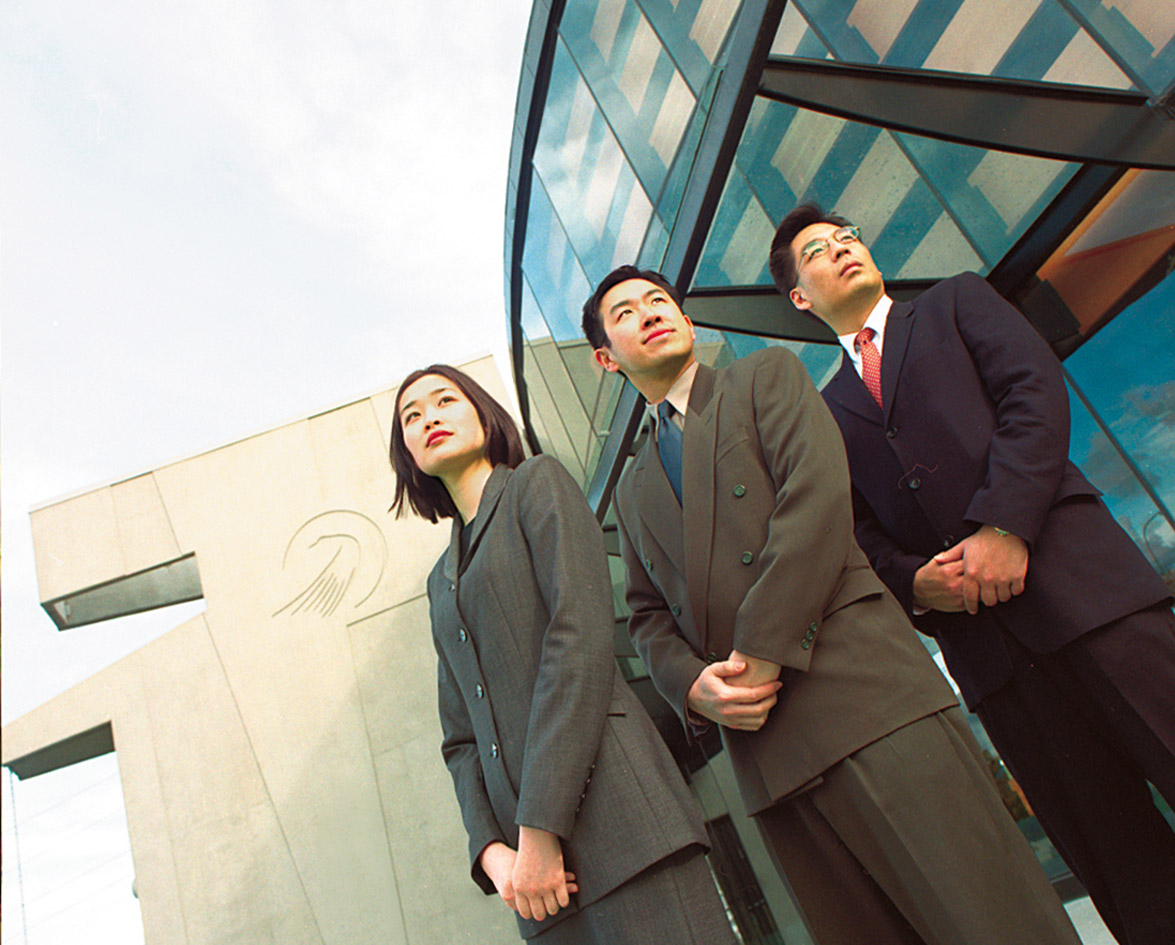Tucked away amid a Japanese garden in a small corner of Burnaby, British Columbia, is Nikkei National Museum & Cultural Centre, part of a complex known as Nikkei Place. Since its opening in 2000, the Centre has been pivotal in preserving and promoting Japanese Canadian culture and history, and making it accessible to the public.
Nikkei Place is comprised of several different facilities: the Nikkei National Museum & Cultural Centre (Nikkei Centre), a multi-purpose facility that consists of the cultural centre, museum, community centre, and a Japanese Canadian garden; the Nikkei Seniors Health Care & Housing Society (Robert Nimi Nikkei Home and New Sakura-so), which provides assisted and independent living facilities for seniors; the Nikkei Place Foundation, a charitable organization that raises funds for the programs and services of Nikkei Place; and other Japanese businesses and organizations.
While the Centre focuses on Japanese culture, it embraces other communities. The Culture, Education, and Programs Coordinator at Nikkei Place, Carolyn Nakagawa, explains that the Centre’s vision is, “to strengthen Canada as a multicultural nation by bridging Japanese and Canadian culture, and for us, that doesn’t only include Japanese and Canadian culture. It includes other people who are part of our local community.”
Educating youth is another essential part of the Centre’s purpose. “Half of my time is spent coordinating educational programs, mostly for schoolchildren,” says Nakagawa, who has been working at Nikkei Place for two years. “We have about 50 different groups visit us per year. Most of these are related to public schools in the Lower Mainland, and they come here to learn about Japanese Canadian history and also Japanese culture.”

Nikkei Place offers various classes, clubs, and programs such as tea ceremonies, Japanese haiku, Japanese calligraphy, Zumba, and Spanish for children. Additionally, the Centre hosts events year-round: some of them include the Nikkei Matsuri Summer Festival in September, a Japanese book sale in October, and the 20th Annual Craft Fair in November.
The Nikkei National Museum contains, “archival materials, art, and artifacts relating to Japanese Canadian heritage.” The Museum’s online content encompasses a brief history of the Japanese Canadian community that also offers a list of recommended reading, and a tri-annual publication called Nikkei Images, which focuses on stories and photographs from the Japanese Canadian community. The Museum archives can be searched through its online database. Additionally, in a joint effort with Simon Fraser University, the Museum is moving their oral history collection online, which currently has “over 300 digitized interviews.”
Although the Centre has been in Burnaby for 20 years, it is not as well-known, as Nakagawa would hope. Promoting new programs at the Centre can be difficult, as she believes that “for people who aren’t in our immediate Burnaby community, sometimes the location seems a bit remote.” She goes on to say, “I want more people to know about our organization and our Centre, because so often I hear people say ‘I had no idea this place existed.’ And then they come here, and they’re very excited. So I really think that we’re kind of a hidden gem.”
Cultural spaces are essential in connecting communities and in fostering an understanding of other cultures. Yoriko Gillard, a PhD student in Language and Literacy Education at the University of British Columbia, comments that, although Vancouver has different cultures, she has noticed that people do not always connect with communities outside their own. However, from her experience, Gillard has found the staff at the Centre is down-to-earth, knowledgeable, and “they understand other people’s hardships.”
Gillard believes the primary job of a community or cultural centre is “to serve the society to understand the differences in humanity, [which] is necessary to accept other people.” She says that this core idea of community and cultural centre is why Nikkei Place is successful.











